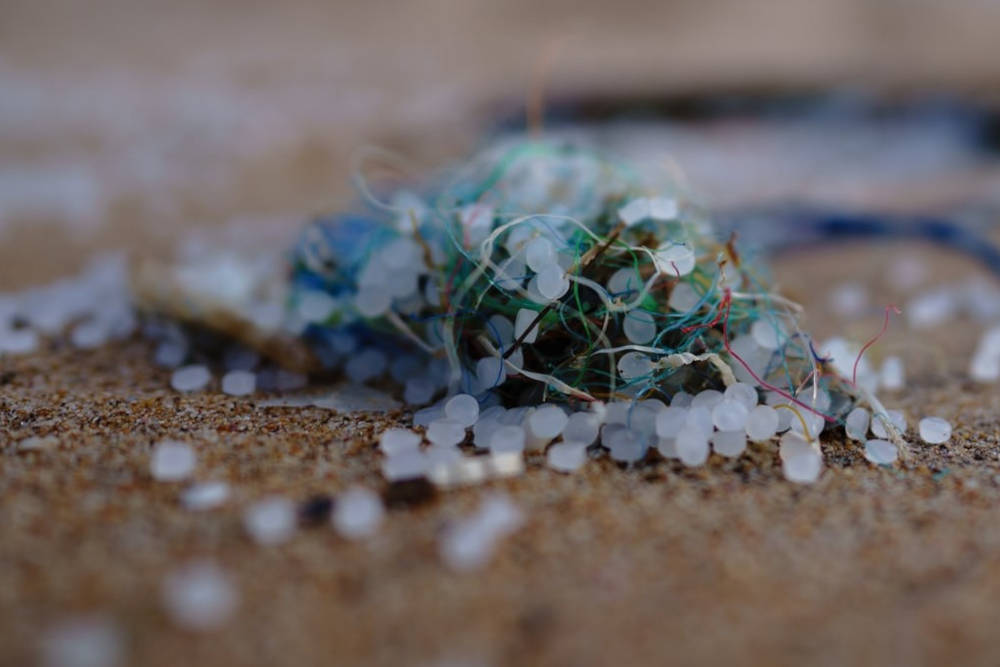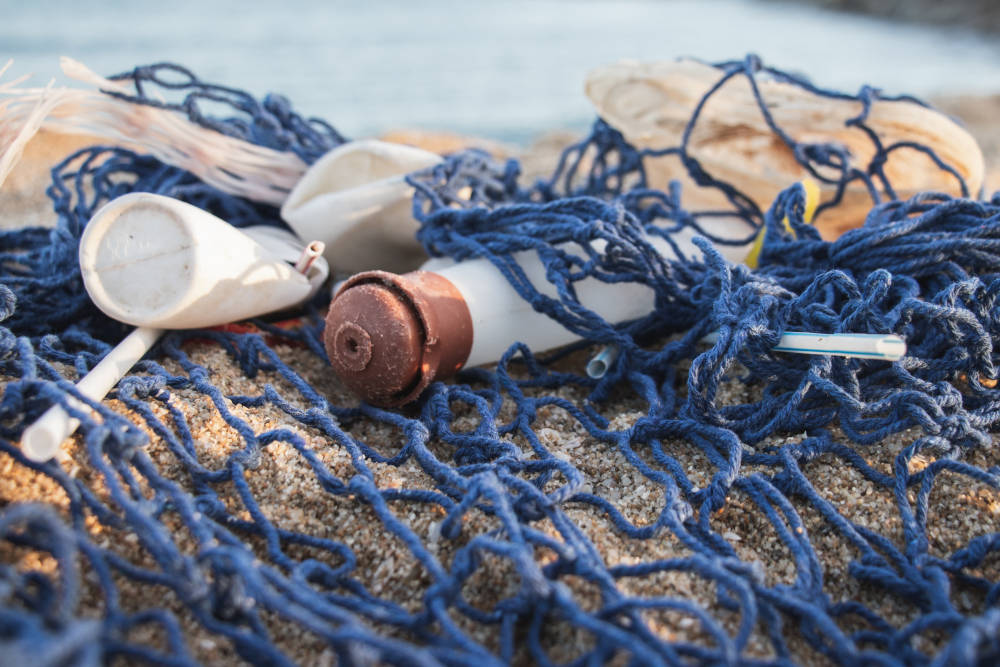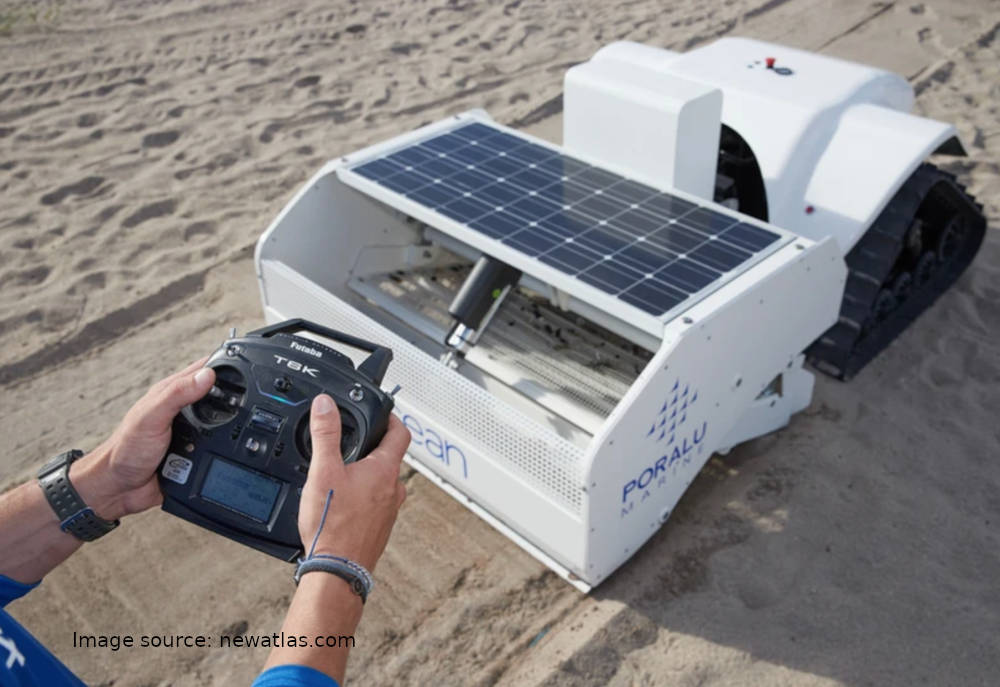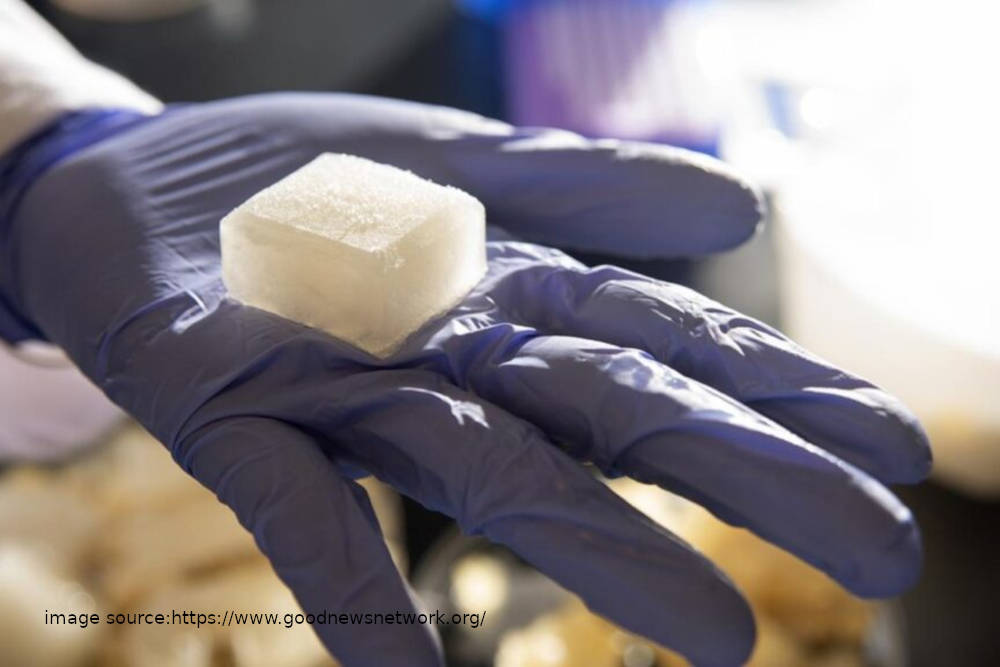New Solution to Ridding Oceans of Microplastics Uses Acoustic Waves
- Home
- Swallow Green
- New Solution to Ridding Oceans of Microplastics Uses Acoustic Waves
New Solution to Ridding Oceans of Microplastics Uses Acoustic Waves
- access_time 4 April 2022
- account_circleSwallow Green

Filtering microplastics from polluted water using acoustic waves is the new solution to cleaning up our oceans, according to some new research. Harmful microplastics are released into the environment as cosmetics, clothing, industrial processes, and plastic products like packaging, break down, under the influence of the environment. The plastic pollutants then make their way into rivers and oceans, endangering marine life. Filtering and removing these particles from water is a difficult and time consuming task, but using acoustic waves may provide a solution to this imperfect and difficult process.
Dr Arifianto and his team used two speakers to create the acoustic waves and the force produced was able to separate the microplastics from the water by creating pressure on a tube of inflowing water. As the tube splits into three channels, the microplastic particles are pressed towards the center as the clean water flows towards the two outer channels on either side.

The prototyped device cleaned a staggering 150 liters of polluted water per hour and was tested filtering three different microplastics. Each plastic was filtered with different efficiency, but all were above 56 percent efficient in pure water and a further 59 percent efficient in seawater.
The team measured different variables against their efficiency and found that acoustic frequency, speaker-to-pipe distance, and water density all affected the amount of force generated. The group is now studying how acoustic waves may impact marine life if the wave frequency is in the audible range.






